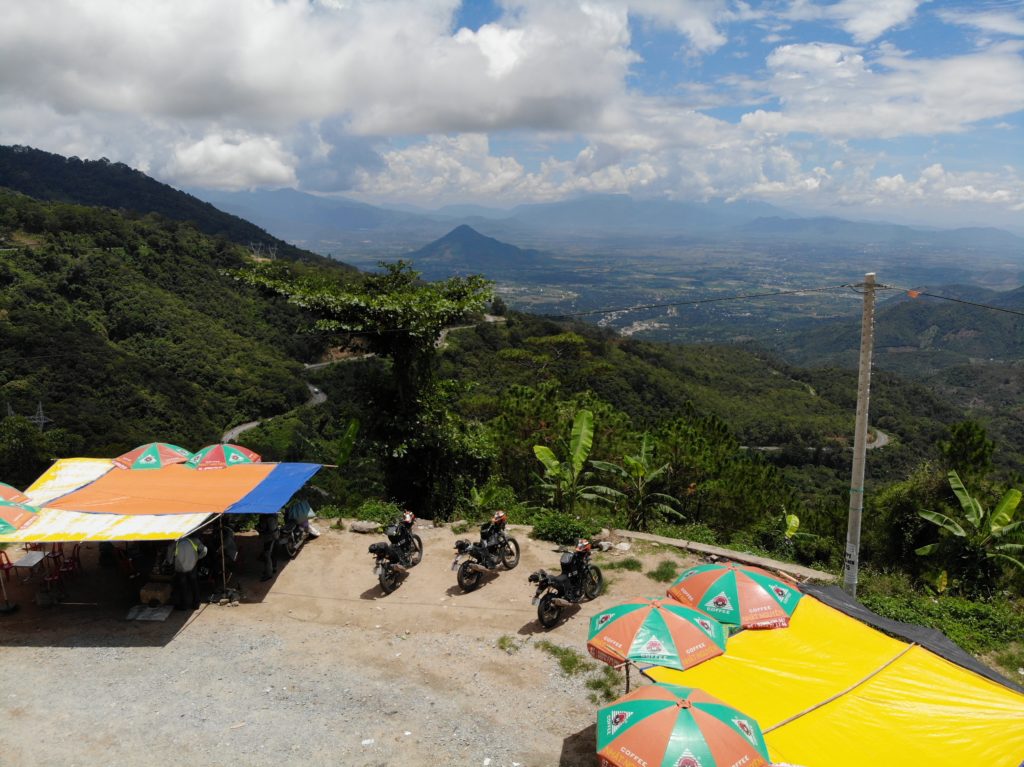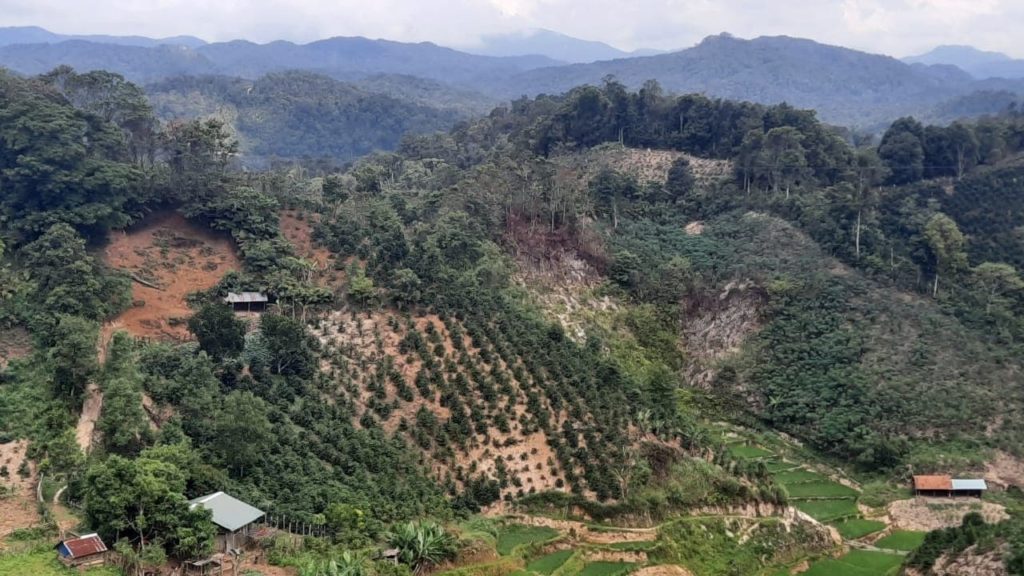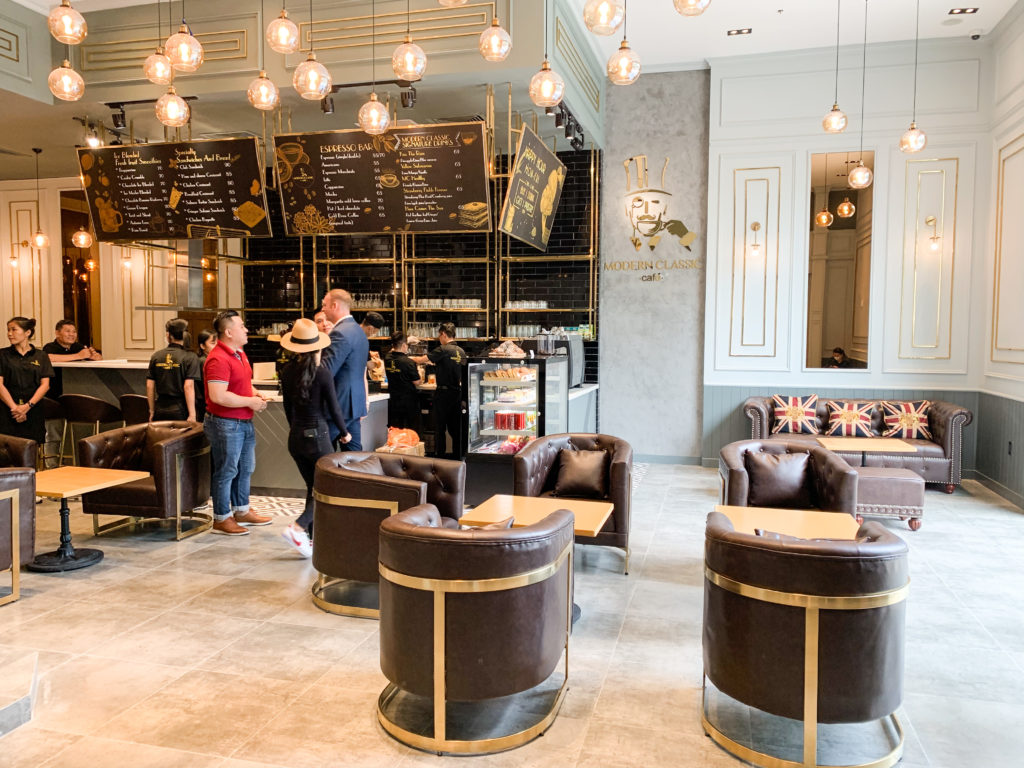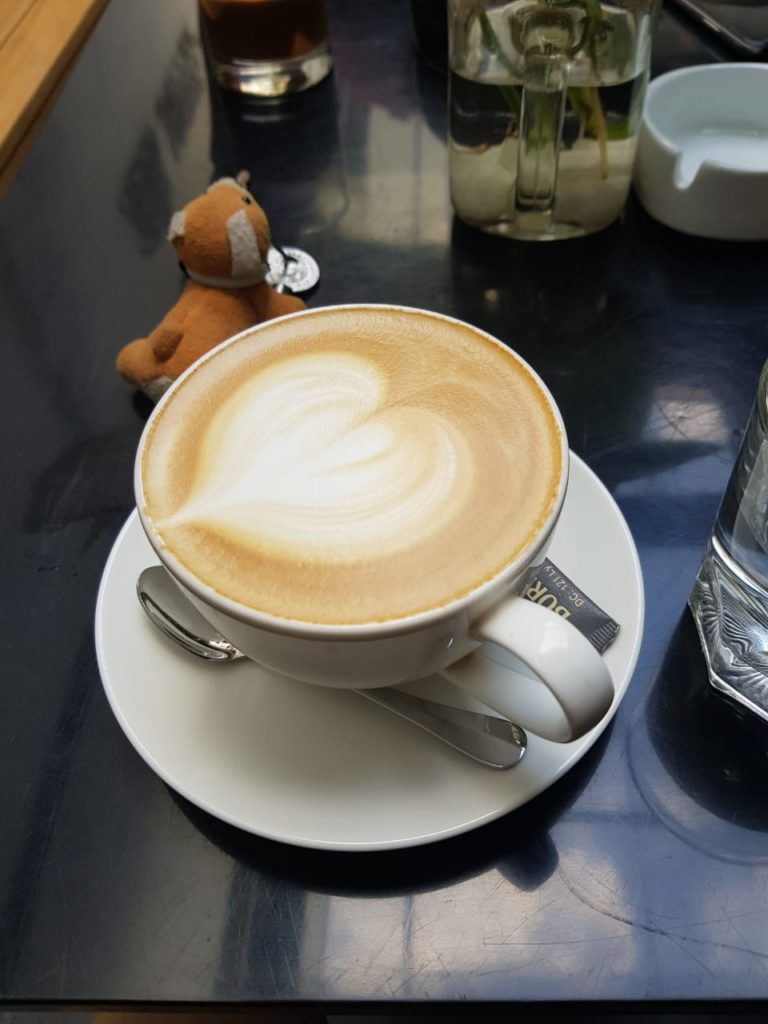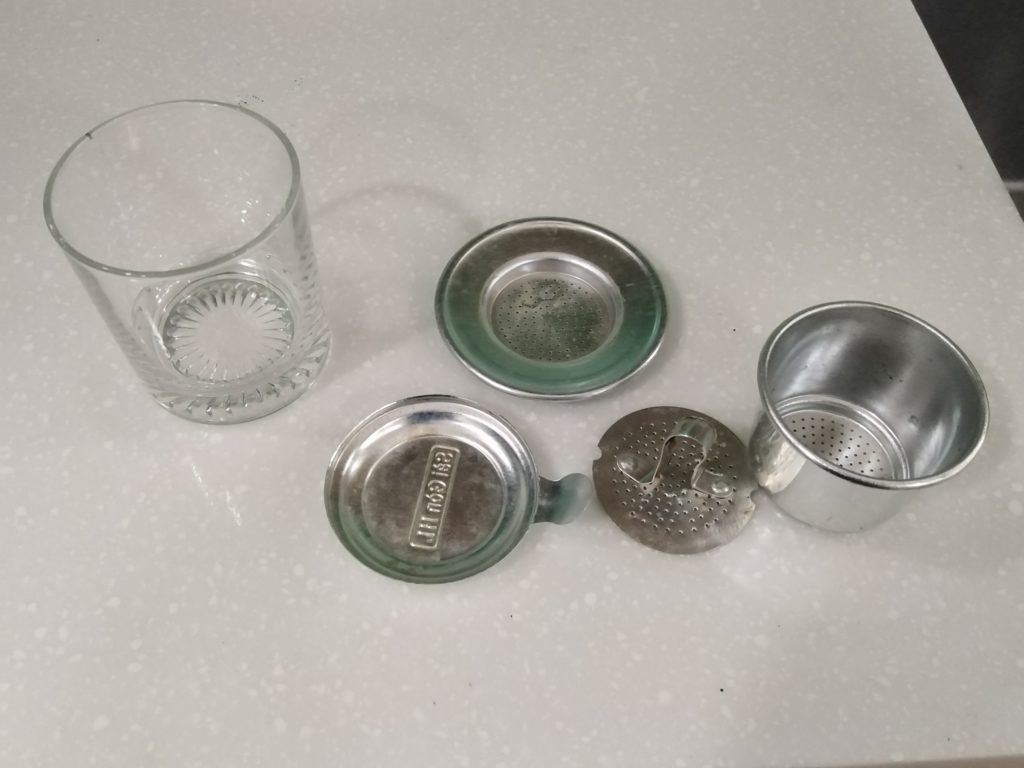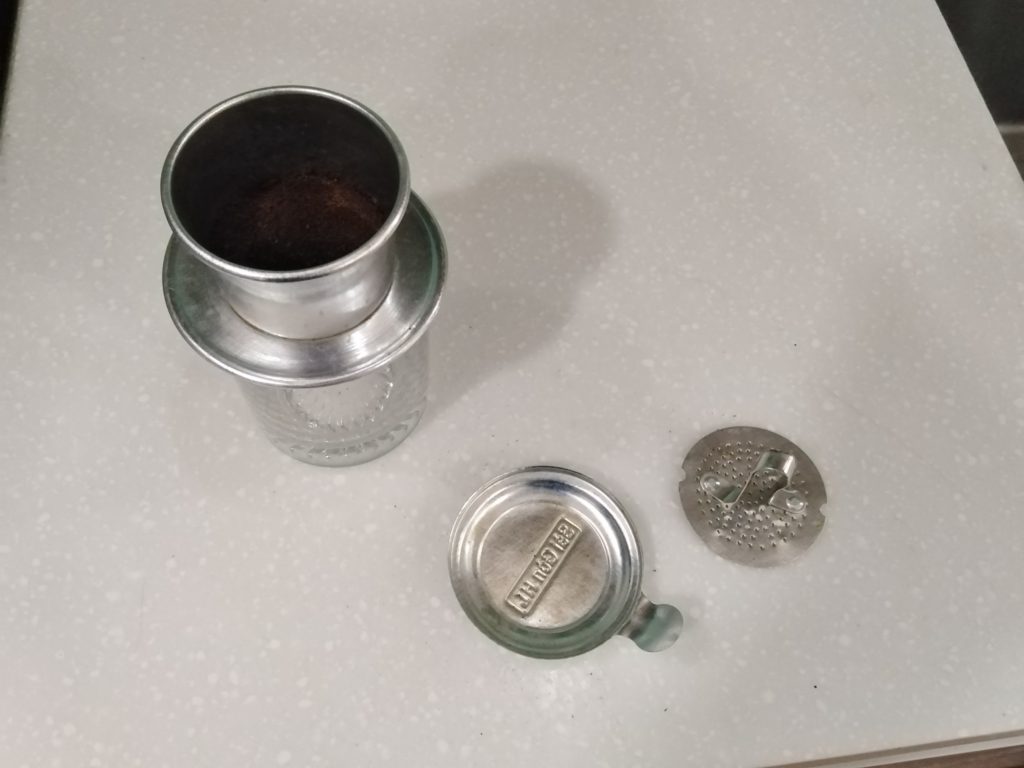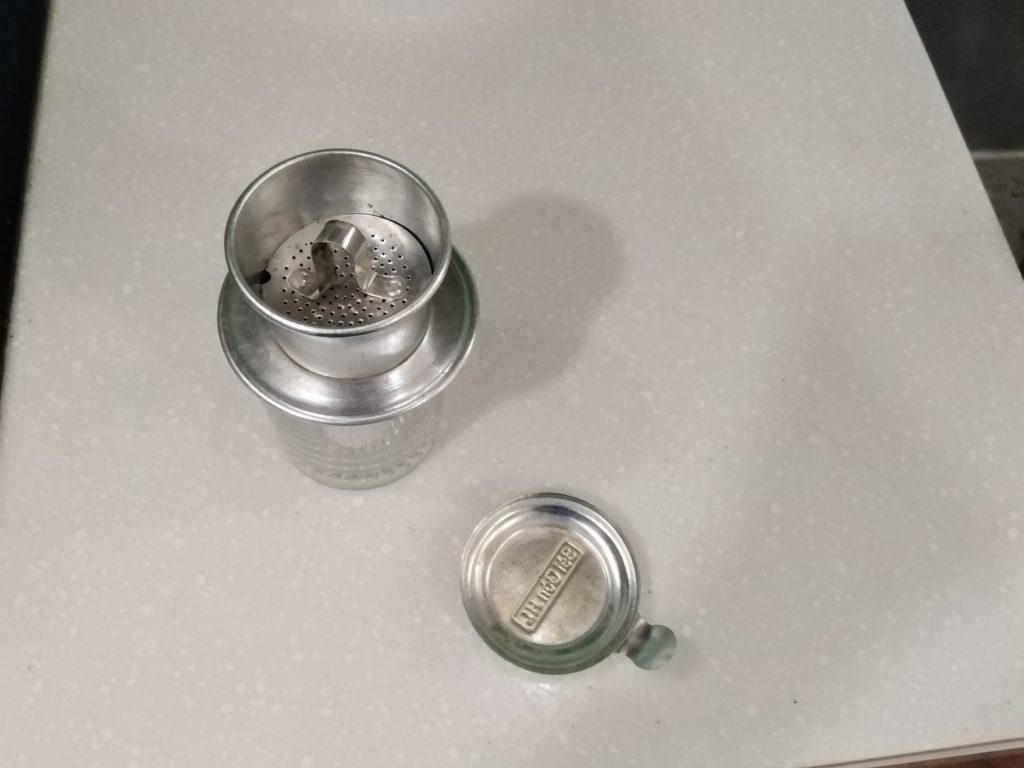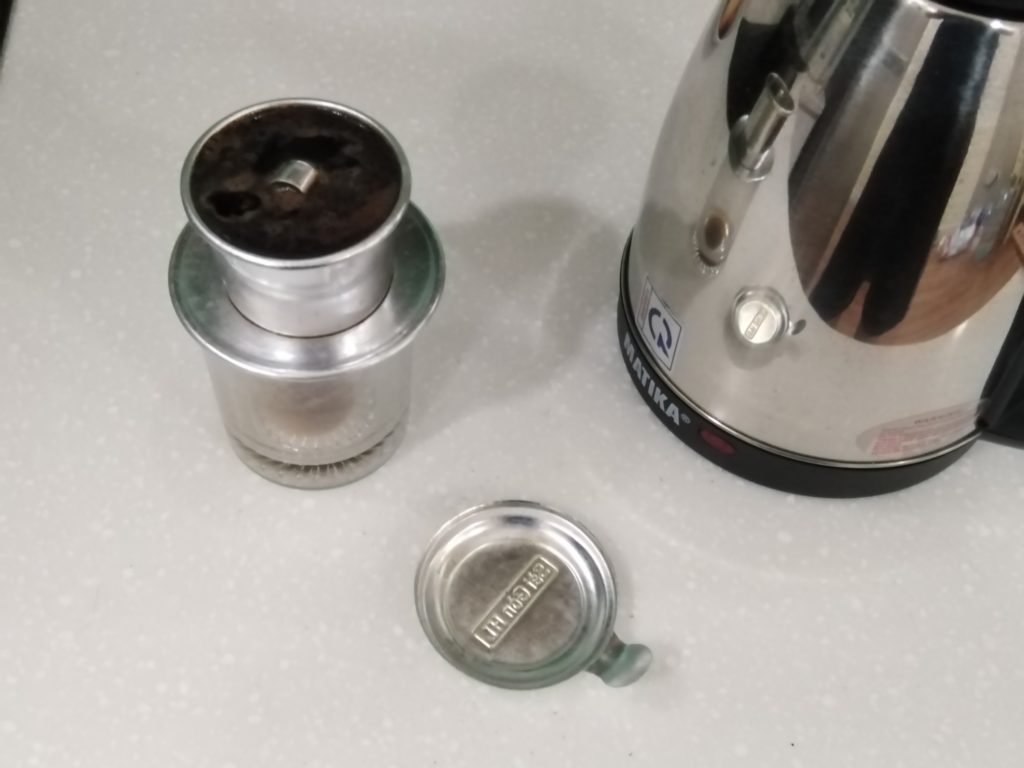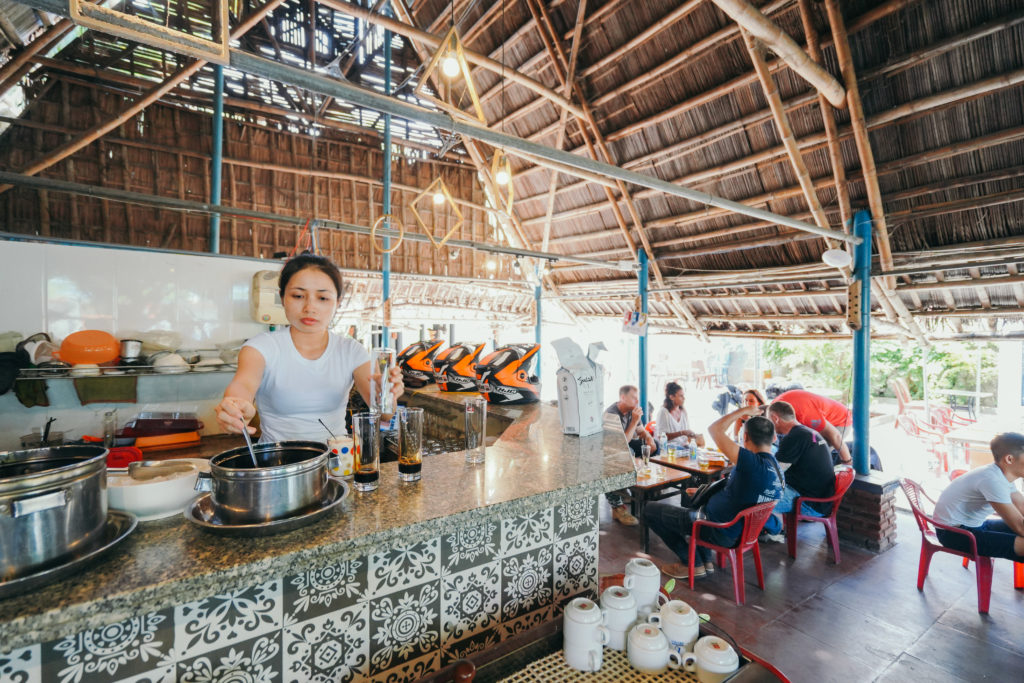
In Vietnam, a coffee shop is more than a place to drink — it’s often the center of social life.
Those unfamiliar with Vietnamese coffee might be surprised at just how big a role the beverage plays in Vietnamese culture. To say that coffee is important here is an understatement. Indeed, it’s hard to understand just how prevalent coffee is in daily life in Vietnam until you see it with your own eyes.
To give you an idea of the scale of things, Vietnam is the world’s second largest coffee producer after Brazil. A hefty proportion of that coffee is consumed in-country as well. Coffee is both a valuable cash crop and an important part of, well, everything here. It’s one of the major perks (no pun intended) of the country.
As avid coffee drinkers ourselves, we thought we’d share our knowledge and appreciation of Vietnamese coffee with our readers. So, follow along as we delve into the fun, delicious, and interesting world of Vietnamese coffee. It definitely gives you the turbo boost you need when you’re on a motorbike adventure ride.
Table of Contents
A Brief History of Vietnam Coffee
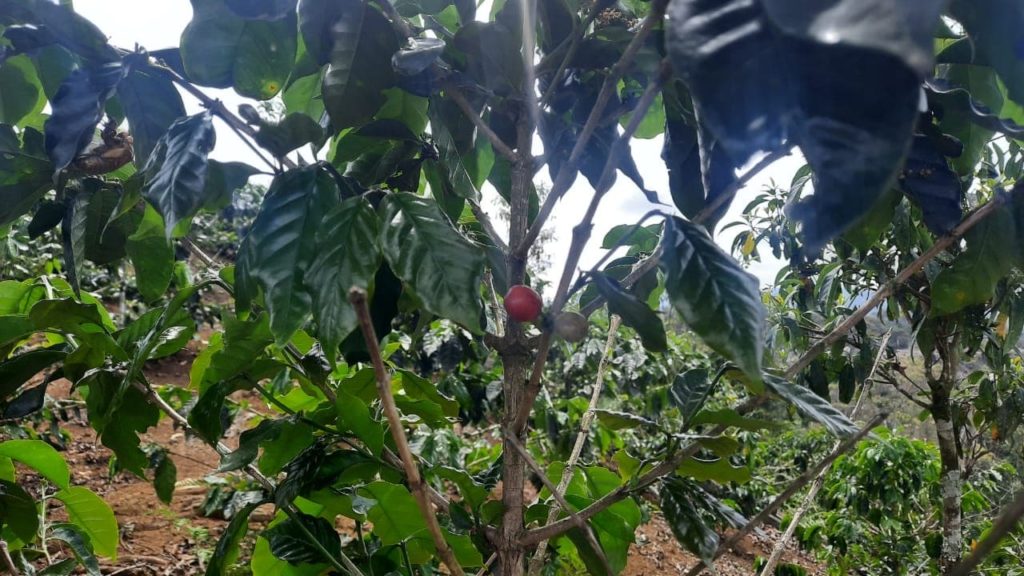
It’s amazing just how much these little berries matter to people.
Like most countries that grow coffee, Vietnam is not a native producer of the plant. Rather, Ethiopia is coffee’s country of origin — but we all know just how far and wide the drink has spread.
The story goes that a French missionary brought a single arabica coffee tree to Vietnam in 1857. Whether this is 100% accurate or not is irrelevant. What is relevant, however, is that coffee plantations quickly sprang up over the highland regions of the country as a way for the French and wealthy locals to make money. Much of the French style of colonialism was focused on resource extraction. Even then, coffee was a valuable cash crop and people were quick to realize certain areas of Vietnam have an ideal climate for growing coffee. Rubber trees share a similar history in Vietnam, but that’s another story for another time.
As readers may expect, the Japanese occupation during the second world war disrupted coffee production. Production was further disrupted during the long war for independence (1954-1975). For decades, coffee production languished in Vietnam.
Towards the end of the 1980s, however, economic reforms allowed the creation of private enterprise once again and coffee production quickly sprang back to life. In the following decades, coffee production has boomed. Consequently, Vietnam is now the world’s number two producer of coffee, as previously mentioned.
Types of Coffee Bean in Vietnam
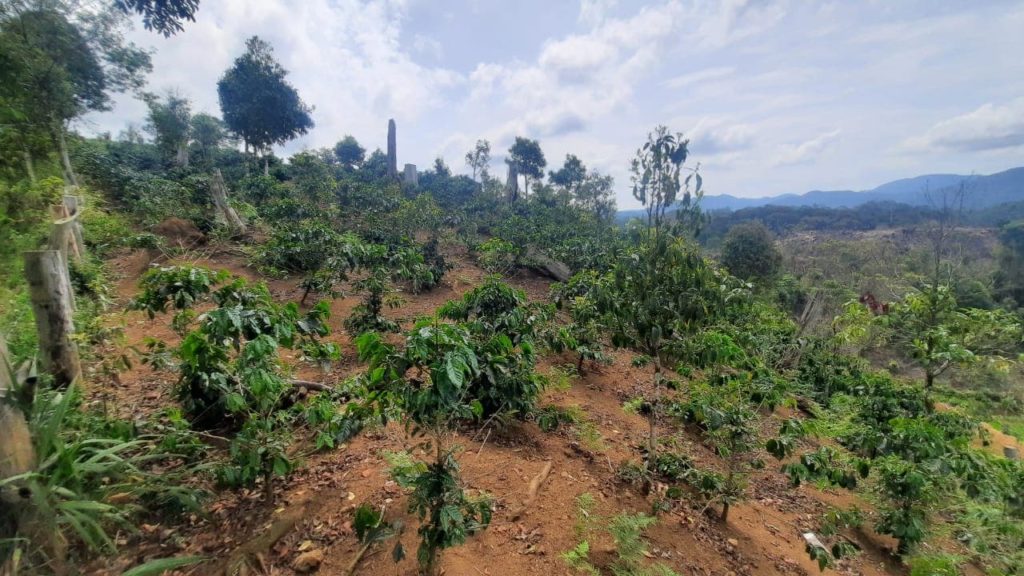
From humble sprout to your cup. Vietnam mostly produces Robusta.
The vast majority of coffee grown in Vietnam — 97% according to many figures — is Robusta. Coffee geeks and aficionados will know what that means, but for those that don’t here is some brief background.
There are two types of coffee beans: Arabica and Robusta. Arabica typically has a milder flavor profile and lower caffeine content, and is most often found at western-style coffee shops. If you hear someone refer to their coffee as ‘smooth,’ that’s most likely Arabica.
Robusta has a stronger, darker, somewhat bitter flavor profile and a higher caffeine content. It’s considerably stronger, especially to those who are more familiar with Arabica coffee. It’s usually consumed in smaller quantities than Arabica for that reason. For reference, most instant coffee is made from Robusta beans.
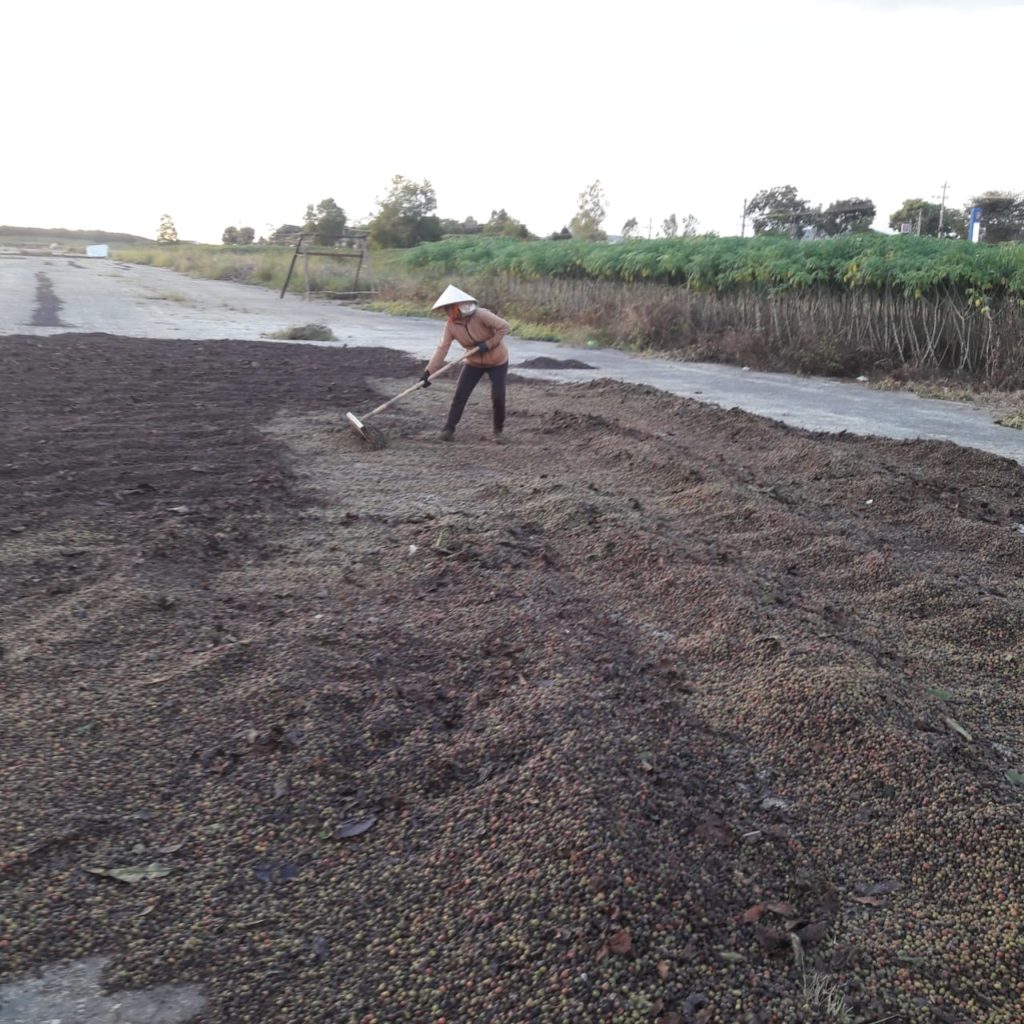
A woman dries coffee beans on the side of the road.
If you’re buying coffee in Vietnam — whether in a coffee shop or packaged — you should assume it’s Robusta unless otherwise specified. For some, Robusta takes some getting used to. Others take to it straight away.
For a deeper dive into the food you’ll encounter on tour in Vietnam, check out our article here.
Coffee Growing Regions in Vietnam
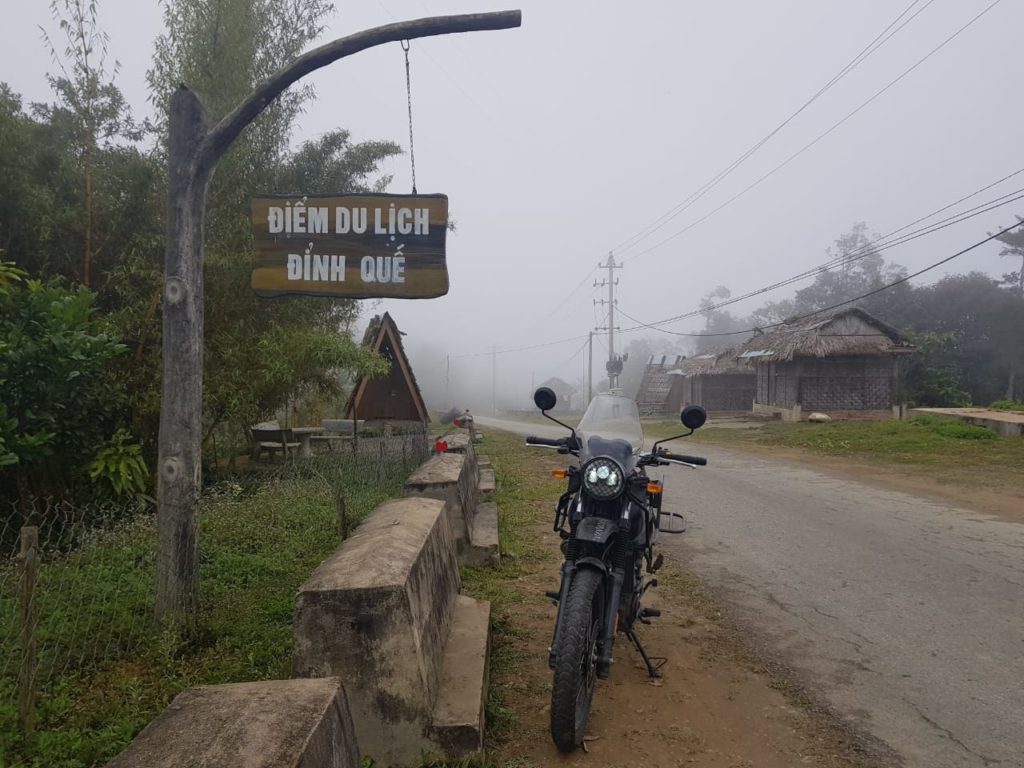
The climate of the highlands is perfect for growing coffee.
Around 80% of coffee in Vietnam is grown in the central highlands. The province of Dak Lak alone accounts for upwards of 40% of the nation’s production. The city of Buon Ma Thuot, capital of Dak Lak province, is widely considered the coffee capital of Vietnam. The neighboring provinces of Lam Dong and Gia Lai produce a considerable amount of the nation’s coffee as well.
Without that coffee, it’s quite likely the economy of the entire nation would come to a grinding (again, no pun intended) halt. Not just that — people wouldn’t even know what to do with themselves.
One popular destination that ticks lots of boxes is Da Lat. Da Lat is part of Lam Dong province, and some of our favorite tours run through this region. Da Lat is famed for many things — its cooler climate, its fruits and vegetables, its pine forests, its coffee shops — and its coffee. It’s also got some spectacular roads to ride, so for coffee lovers Da Lat is an absolute must.
- A roadside cafe in Da Lat. Yes, that’s quite a view.
- Dak Lak, Vietnam coffee bean plantation.
Nearby provinces of Dak Lak, like Kon Tum, are also major coffee producers. Some of our tours dip into Dak Lak, so if you’re interested in seeing a coffee plantation here’s another opportunity. We’re happy to accommodate requests when possible, so if a coffee plantation or weasel coffee farm is high on your list just let us know. Weasel coffee, you ask? More on that later. In the meantime, there are plenty of good coffee shops to be found in Dak To, for example.
Coffee Shops in Vietnam
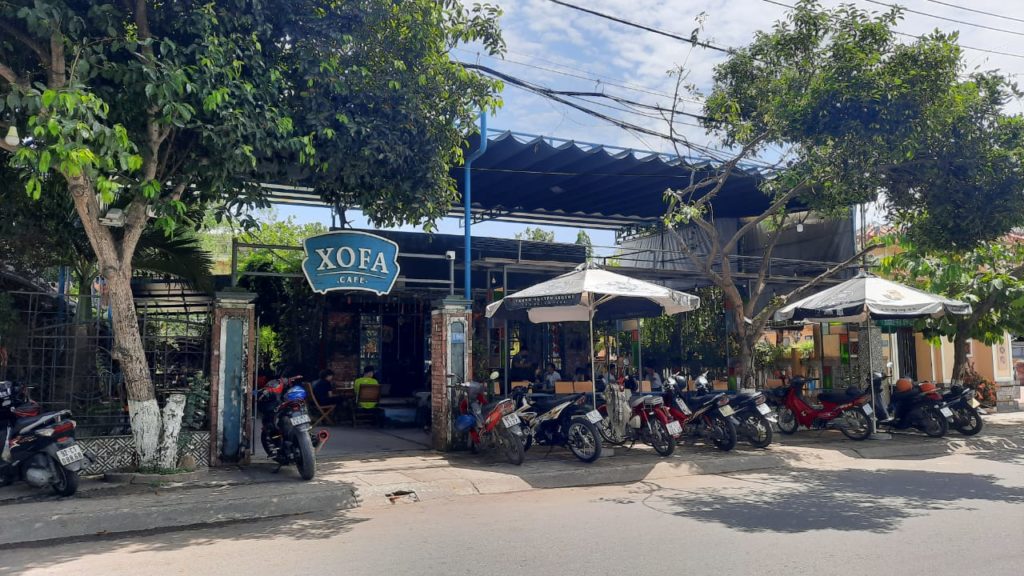
A typical Vietnamese coffee shop.
Coffee shops in Vietnam are often the epicenter of social life. At any time of day, on any street, in any city, town, or village, you will see people sitting in coffee shops. It’s not hyperbole to say that from where you are standing in any Vietnamese town you could throw a rock and hit a coffee shop from that very spot.
These coffee shops come in many different flavors (no pun…you get the picture). Some are simply a cart on the side of the street with some plastic stools and umbrellas for shade. Others are elaborate venues that seem fit for royalty. Plenty fall in between, and you can imagine a sliding scale of swankiness between the two. Pricing generally matches the venue: You get what you pay for.
That said, even the most expensive coffee shops are very reasonable by western standards.
As a result of the law of supply and demand, the ubiquity and price of coffee at coffee shops in Vietnam makes the beverage universally accessible. All levels of society have access to coffee, and pretty good coffee at that. This is in stark contrast to other countries in Southeast Asia like Thailand, for example, which is not known for growing coffee.
It’s not uncommon to see people of all demographics, but especially young men, sit in coffee shops for hours at any time of the day. It’s a spot to hang out, do some work, play games, or just do nothing. Below, we’ll break down the types of coffee shops you’re likely to encounter in Vietnam.
The Roadside Stall
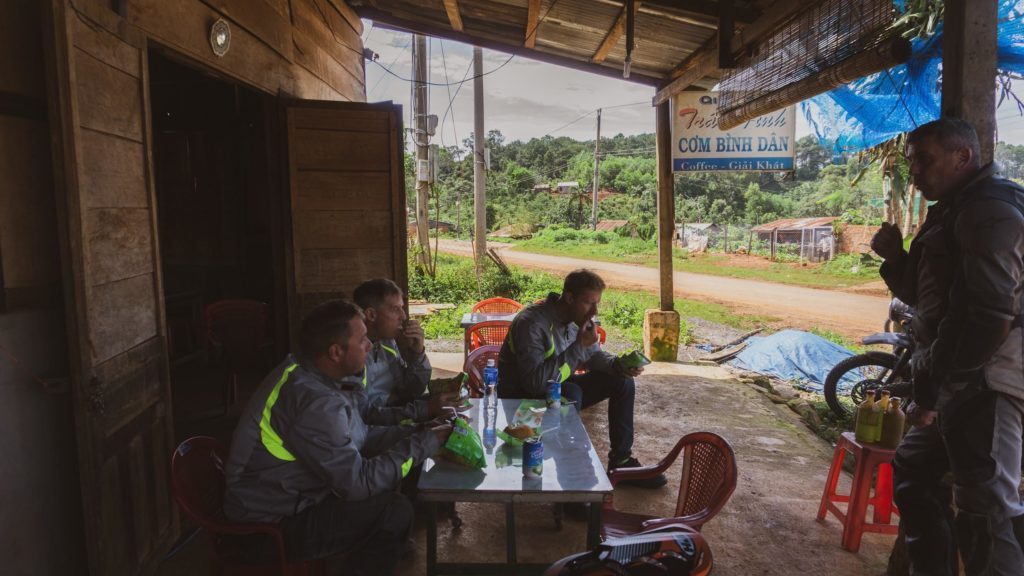
A countryside coffee shop and eatery.
The most pedestrian version of a coffee shop in Vietnam is simply a cart on the sidewalk with some plastic chairs and low plastic tables. These shops often sell other drinks, like soft drinks, as well as snacks and cigarettes. Unsurprisingly, these are usually the cheapest coffee shops. In the countryside, the stall is usually replaced by a shack or just the front of somebody’s house.
The quality of the coffee will vary from one spot to another, but it’s difficult to complain when your coffee costs you less than $1. Do note that these usually do not have Wi-Fi. However, they’re often comfortable enough to have a quick coffee, do some people watching, and take a load off.
The Average Vietnamese Coffee Shop
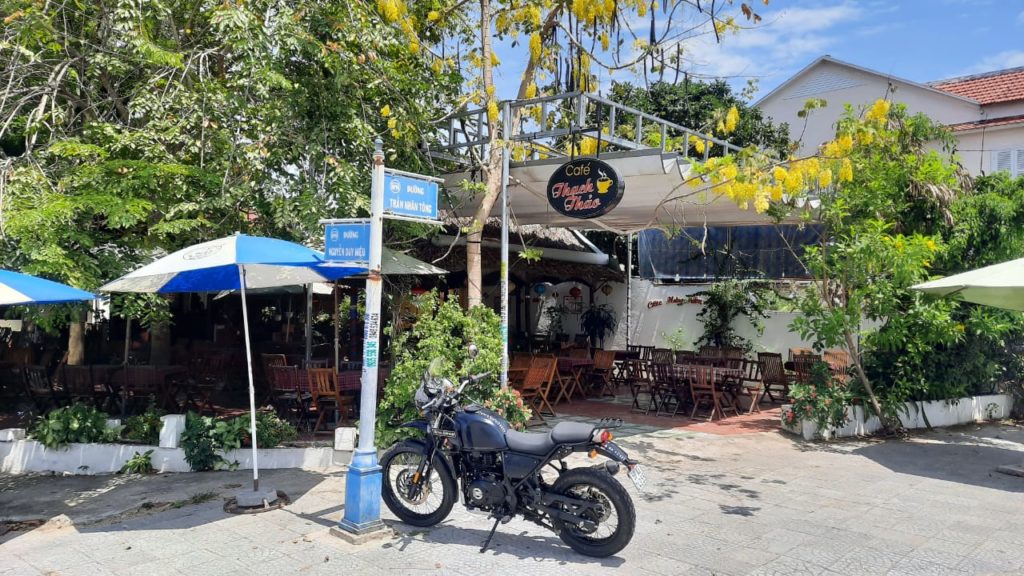
There are thousands of coffee shops in Vietnam that resemble this one in Hoi An.
Another ubiquitous type of coffee shop is simply called a Cafe. That’s on the sign, and you’ll likely appreciate how easy it is to read.
These cafes usually feature slightly more robust seating, a roof, and restroom facilities. Usually, they are not air-conditioned and the doors are open all day — if there are doors. The availability of drinks may be wider at these cafes: They often serve juices and smoothies, for example. They usually do not serve food, though some do.
Prices are still very reasonable at these types of cafes, which are everywhere. A coffee will usually still cost you under $1 depending on the type you order. Oh, and they will almost certainly have Wi-Fi. The best part, however: The coffee is reliably good, and in some cases, outstanding. Some coffee shops have direct links to their own farms, for example.
The Upscale Coffee Shop
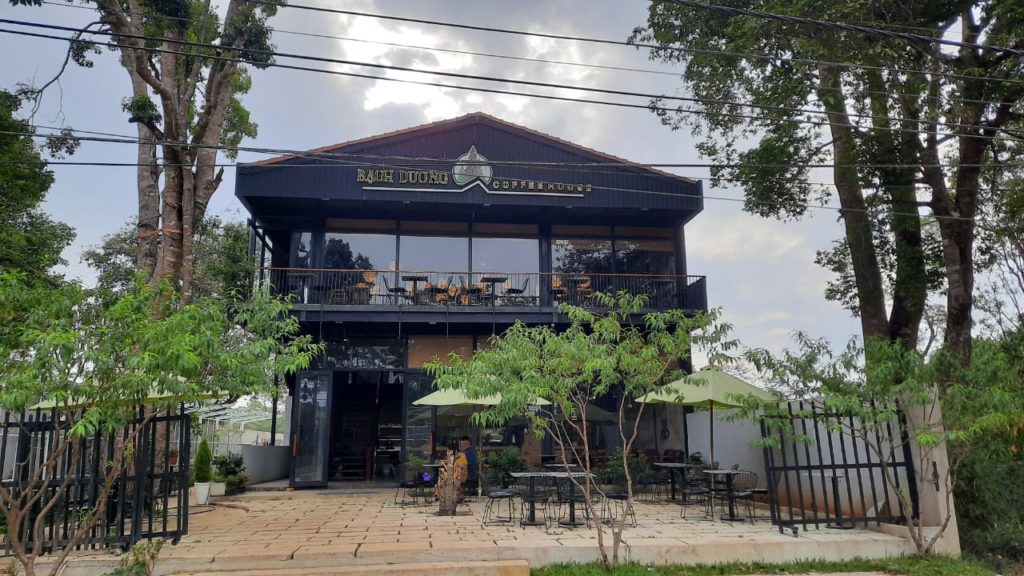
An ‘upscale’ coffee shop looks something like this.
‘Upscale’ can mean a great many things when it comes to coffee shops. However, in our estimation, the hallmark of an upscale coffee shop is the presence of air conditioning. If it’s a hot, sweaty day and you’ve been riding for a while, air conditioning feels like it was sent from heaven.
Upscale coffee shops have comfortable seating, Wi-Fi, and usually decent bathroom facilities. Many will serve snacks of some variety. Some of the more hip coffee shops found in urban centers will serve western-style cakes, muffins, and other baked goods if you need to satisfy your sweet tooth.
- The interior of an upscale coffee shop. They can be very comfortable.
- If you’re craving a latte, look for an upscale coffee shop.
It’s at these shops you’ll find a wider variety of coffee as well, including Arabica roasts and different types of brewing. If you’re after an espresso, latte, or other such fancy beverage, this is where you’ll find them.
These upscale shops will understandably be more expensive than the roadside stall, but you see where the money goes. Many are still very reasonable and can be considered shockingly cheap by western standards, especially for the quality available.
Hammock Cafes
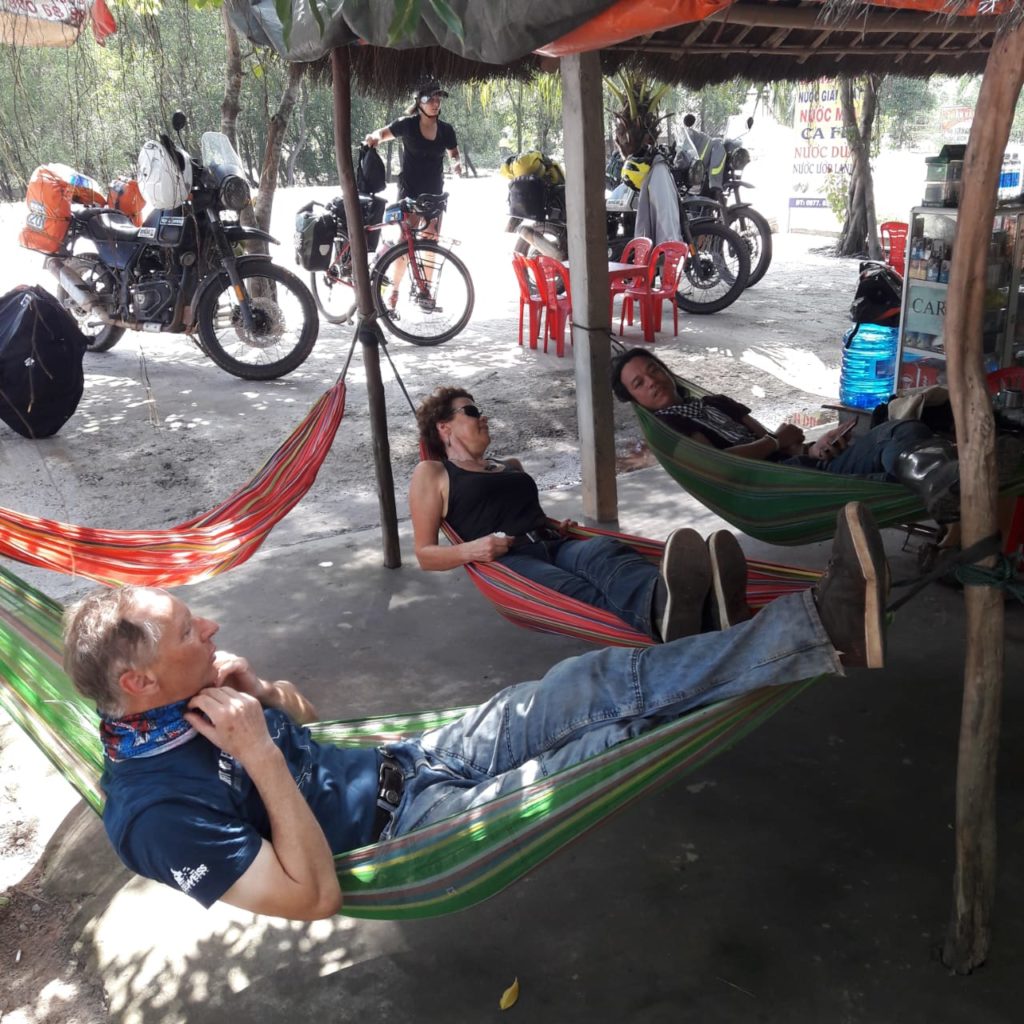
Few things are better for a sore bum than a hammock cafe stop.
If you’re on a motorbike tour in Vietnam, you may occasionally find yourself with a sore rear end from all the riding. In that circumstance, one of the best things you can find is a hammock cafe. These are exactly what they sound like: cafes with hammocks for seats. Not all of the seats are hammocks, but many are.
These are most common in the countryside, where you will have been doing most of your riding. Most are outdoor affairs, with the hammocks strung up under a corrugated steel or grass roof. They’re rustic, comfortable, and — in our opinion — pretty darn cool. Few things beat being able to lay down in a hammock for a while after a few hours on the motorbike.
Wi-Fi may or may not be available, and don’t expect luxury in the restrooms. They may or may not have snacks — it varies wildly, but you’ll rarely find a full meal. The hammock alone is a fine selling point for these establishments.
Types of Coffee Drinks in Vietnam
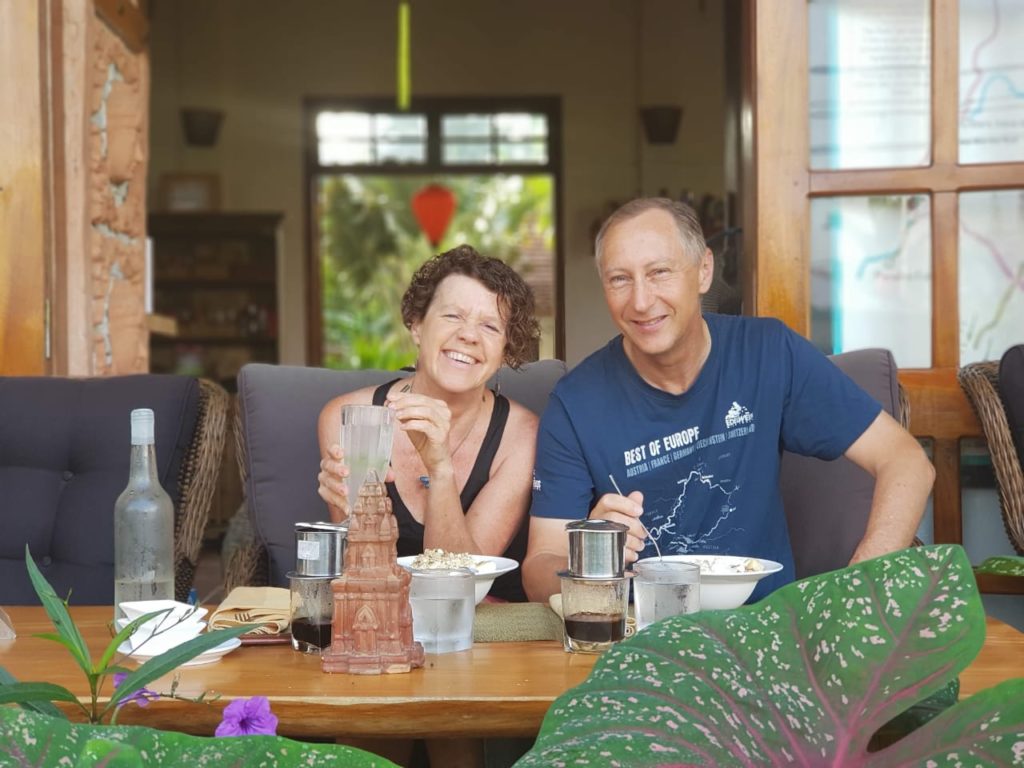
Standard hot coffee at a coffee shop in Vietnam.
People all over the world drink their coffee differently. Italians and French sneer at American-style brew, while Americans chuckle at the seeming daintiness of a tiny cup of espresso. People take their coffee seriously.
Vietnam is no different. There are several popular ways to order here, and in fact the variety is quite wide.
Regular Ol’ Coffee
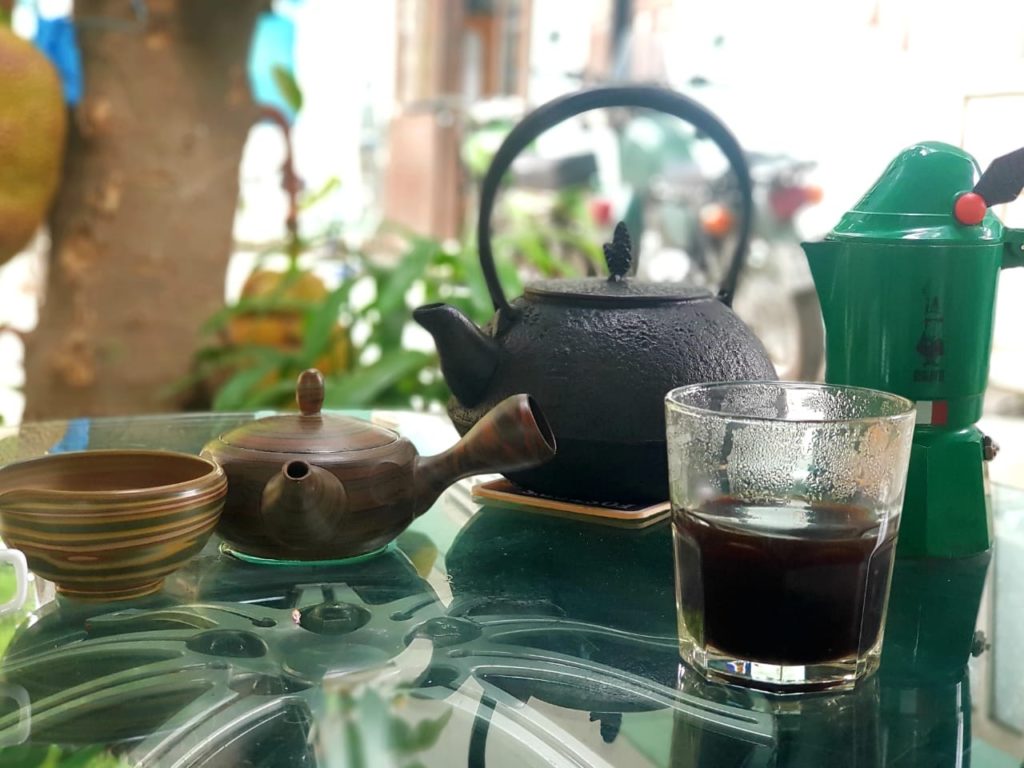
What you get if you order black coffee. It packs a wallop.
If you simply order a coffee — bog standard, with no frills — in a cafe, you’ll usually get a metal filter over a glass that the coffee will slowly drip into. It’ll come out to be about the same amount an espresso would. The stuff punches well above its weight in terms of raw strength, so we recommended avoiding ordering another until the first has hit. You may not end up needing it.
If you want it sweetened, your options are sugar (đường) or sweetened, condensed milk (sữa). Note that coffee shops don’t differentiate between sweetened, condensed milk and fresh milk unless specified. In any coffee shop outside of major cities, you’re unlikely to find fresh milk or cream for your coffee. Try the sweetened, condensed stuff — it’s excellent.
Vietnamese Iced Coffee
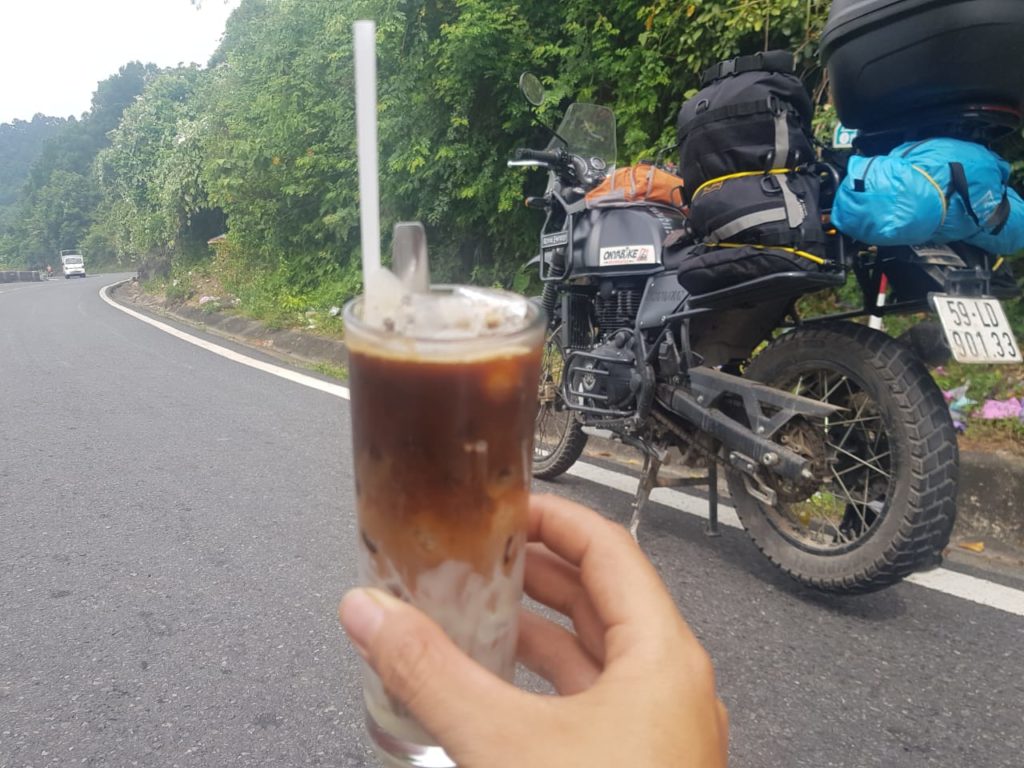
A cà phê sữa đá, arguably Vietnam’s national beverage.
Being a tropical country, Vietnam is often hot. Consequently, it makes sense that iced coffee would be popular here. It is, and it’s wonderful. It’s usually brewed hot using a unique filter that’s hard to find outside of Vietnam. More on that filter later.
There are three common options when it comes to ordering Vietnamese iced coffee:
- Black, with ice, no sugar (cà phê đen đá không đường)
- Black, with ice and sugar (cà phê đen đá)
- With ice and sweetened, condensed milk (cà phê sữa đá)
The last option above is arguably the national beverage of choice — besides beer, of course.
Depending on what part of the country you’re in, the coffee will usually come in a seemingly small quantity in a small glass. Don’t make the mistake of thinking you’re getting ripped off — the coffee is seriously strong. If you treat it as espresso, it’ll make more sense.
If you’d like to ask for a taller glass with more ice and more coffee, ask for “Saigon” style. Simply say “Saigon” after your order and every server will understand. This often gets around the problem of finishing your coffee in two sips.
Vietnamese Egg Coffee
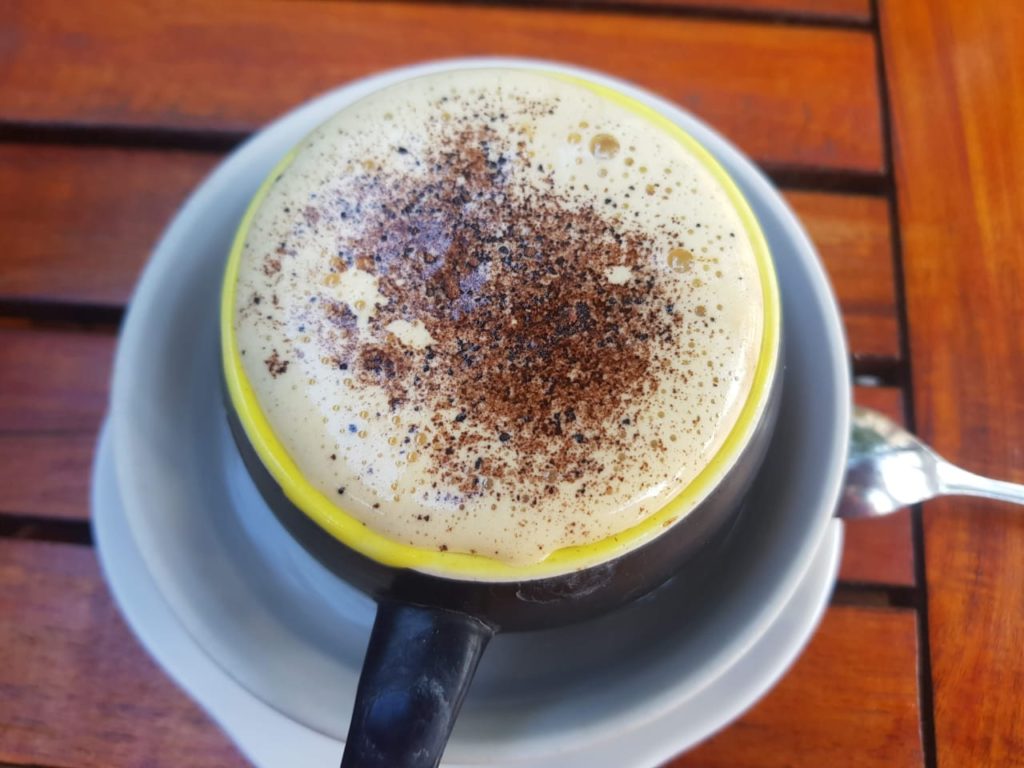
Egg coffee is thoroughly foamy and rich.
In recent years, egg coffee has become increasingly popular — especially in tourist areas. Indeed, egg coffee seems to be much more of a fad among tourists and teenagers than it does among the general coffee-consuming public.
Many tourist-oriented businesses like to spin the yarn that egg coffee came from privation. As the story goes, milk and powdered milk were in scarce supply at some point in the past, so cafes started using eggs to mix with their coffee instead.
We’ve found little evidence behind this story, and there’s a strong possibility it’s apocryphal. It likely has been spread as a rumor to popularize the beverage with tourists. In either case, it doesn’t matter — it’s fairly tasty, though it’s not going to revolutionize the coffee world.
Instead, to the best of our knowledge, egg coffee began with Nguyen Van Giang in his coffee shop in Hanoi in the late 40’s. Cafe Giang in Hanoi is his coffee shop, now run by his son, where they still serve the original recipe. Apparently you can even have it with cheese, too, these days.
Coconut Coffee
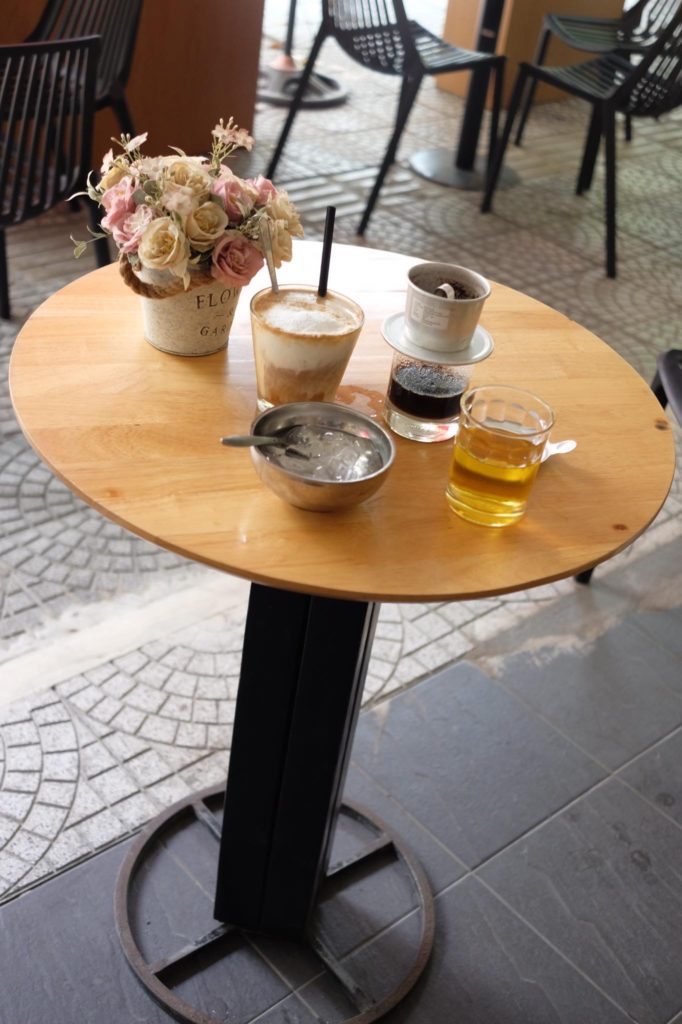
Various coffee beverages: Coconut coffee, Standard Milk Coffee (Cà phê sữa đá) and iced tea.
Something that may, however, revolutionize the coffee world is coconut coffee. It, too, is increasingly popular in tourist areas, but it’s pretty special.
Depending on the coffee shop, strong robusta coffee is mixed with either coconut ice cream or coconut cream. And, well, if you’re a coconut lover (which this writer is) then this drink is one of the best things ever. It acts more like a dessert than a cup of morning Joe, though it still delivers that kick.
You likely won’t find this in the countryside, but you will find it in more urbanized areas. If you like coffee and you like coconut, this is a winning combination. And yes, this particular section of this article is heavily and unapologetically biased.
Weasel Coffee
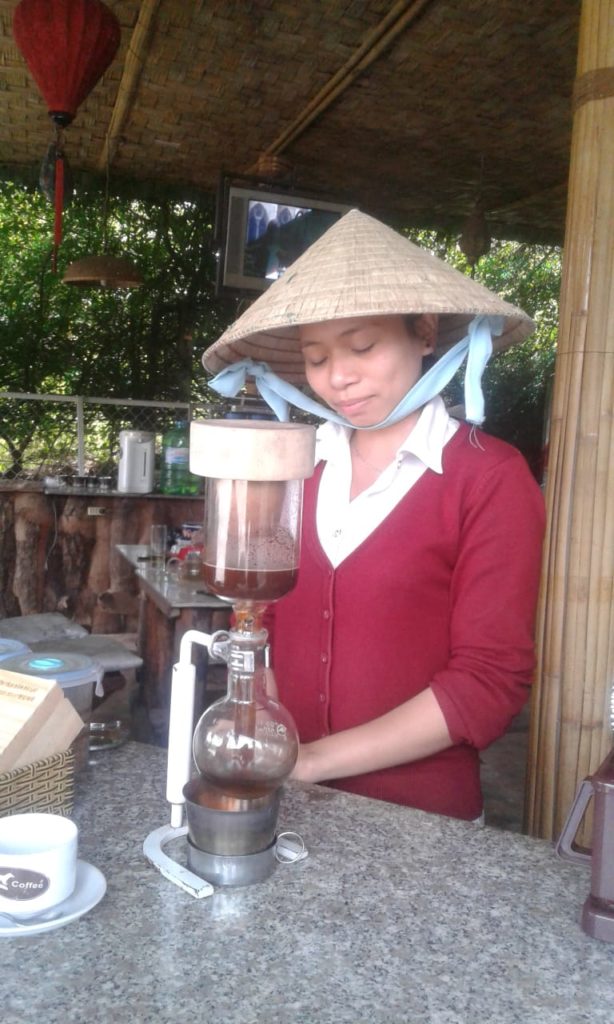
A woman brews a fancy weasel coffee.
Weasel coffee has made an international name for itself due to the unusual nature of its production. It’s not actually a weasel that’s used in the production, but a civet that’s native to Southeast Asia.
Originally, coffee growers noticed that civets chose the tastiest, most flavorful coffee berries to eat. There’s no easy way around this, so here goes: Their solution was to collect the intact beans from the civet’s droppings. We have no idea who first thought that was a good idea, but we commend their bravery and creativity. At the same time, we question their sanity.
So, weasel coffee has passed through a civet’s digestive system before being ground up and brewed. Yum.
Beware: Many coffee makers will claim they sell weasel coffee, when in fact it is a very small percentage of actual weasel coffee mixed with normal beans. Real weasel coffee can easily sell for $500+ per kilo, so if the price seems surprisingly cheap you’re not getting the real thing.
We don’t particularly understand the appeal of weasel coffee — it seems more of a gimmick than anything else — but the civets are pretty cool. If we happen to pass by a weasel coffee farm, we can potentially stop for a visit. Many farms will be happy to show you around.
The Vietnamese Coffee Filter
This may sound like a trivial point, but it’s crucial to appreciating your coffee experience in Vietnam. Most coffee in Vietnam is brewed with a special filter that’s ubiquitous within the country and hard to find elsewhere. It’s a great invention and works perfectly with strong robusta coffee, where a little bit goes a long way.
It may be confusing to use at first, and it takes some patience. The coffee will need to drip through the filter before you can drink it, so be prepared to sit for a few minutes. When in Vietnam, do as the Vietnamese: Chill out and wait for your coffee to be ready.
A picture is worth a thousand words, they say, so we’ve taken some photos to explain the steps of how the filter works.
- The components of the Vietnam coffee filter (and a glass, of course).
- Step 1: Put the flat filter tray and cylindrical part on the glass, then fill it one third or so with ground coffee.
- Step 2: Take the compressor and pack down the coffee tight, but not too tight.
- Step 3: Pour hot, boiled water up to the top and place the lid on. Once it’s drained through, you’re good to go.
Onyabike Adventures’ Thoughts
Coffee is certainly one of Vietnam’s strong suits, and it’s something an adventure rider can look forward to. There’s no need to bring packets or jars of instant coffee with you: Coffee can be found everywhere. What’s more, if you want to really get to know Vietnam, you have to spend some time in coffee shops.
We couldn’t live without coffee and are grateful for the quality we get here at the shockingly low price. It gives us the drive we need (no pun…I’ll stop) to get our motor running and get the best out of each day. And it affords us an opportunity to mingle with locals and get to feel more at home, no matter what part of the country we’re in. And we’re always headed somewhere fun.
